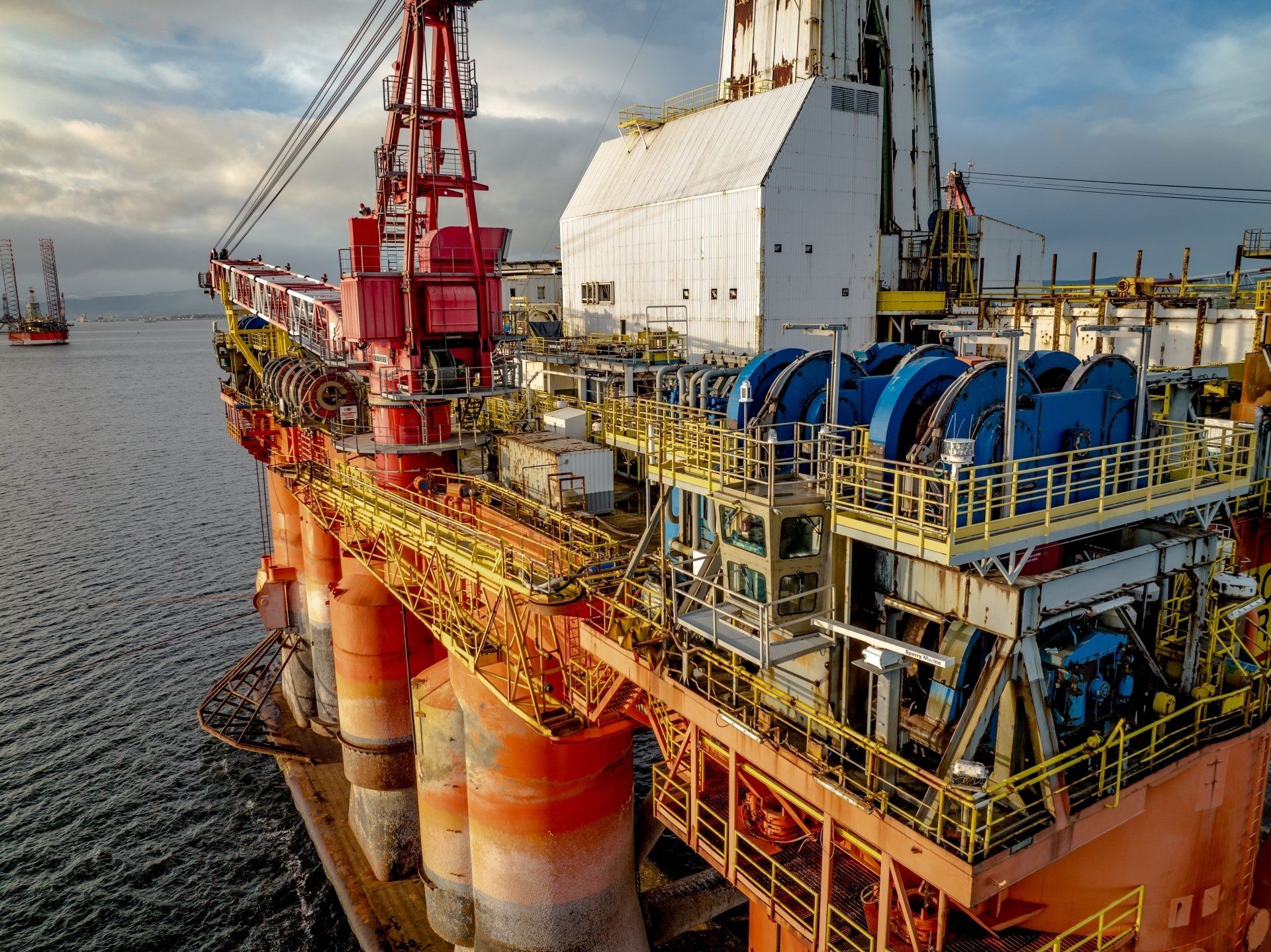Oil & Gas
C O U R S E S
Quick Links
This course aims to enable participants in gaining ATEX
certification for the fields of oil, gas, and vapours.
This course is designed for personnel responsible for process
safety in the workplace; engineering managers, maintenance
managers, production managers, HSE personnel, safety oficers,
and personnel who work in an explosive environment.
This course aims to enable participants in gaining CompEX
certification for the fields of oil, gas, and vapours.
This course is designed for competent mechanical crafts persons who are working in explosive atmospheres and use certified equipment in hazardous areas.
This course is designed for workers at a higher risk of exposure to Hydrogen Sulfide, including oil and natural gas workers who
extract and/or refine crude oil and natural gas. This includes
wastewater and sanitation workers who clean or maintain sewers and septic tanks, and farm workers who clean manure storage tanks or work in manure pits.
HSE for Supervisors in Oil and Gas Exploration and Production
Duration: 5 day | Level: Intermediate
This course teaches the fundamentals of supervising the health, safety, security, and environmental aspects of field work in the oil & gas exploration and production industry.
This course is designed for line supervisors, line managers, and
supervisors in the service sector.
This course aims to enable participants in developing their
knowledge of the methodologies, processes, procedures, and
tools of HSE in the oil & gas industry, which is necessary to ensure a safe working environment.
This course is designed for all employees in the oil & gas industry.
This course teaches the fundamentals of managing health,
safety and environmental aspects in petroleum and offshore
industry field work.
This course is designed for offshore engineers, petroleum
companies’ HSE supervisors, supervisors in the service sector,
and entry-level engineers.
This course aims to enable participants in developing their
knowledge and skills in responding and controlling oil spills.
This programme teaches a system of pre-spill readiness, spill
response drills, the Incident Command System (ICS), and
post-spill reaction planning strategy and tactics.
This course is designed for oil workers who extract and/or refine crude oil, members of the oil spill emergency response teams, and oil field staff.
This course aims to enable the participants in developing their
knowledge in the principles of process safety management across the entire organization. They will understand the safety, health and environmental hazards associated with their working environment.
This course is designed for managers, engineers, PSM team
members, auditors, and environment managers.





